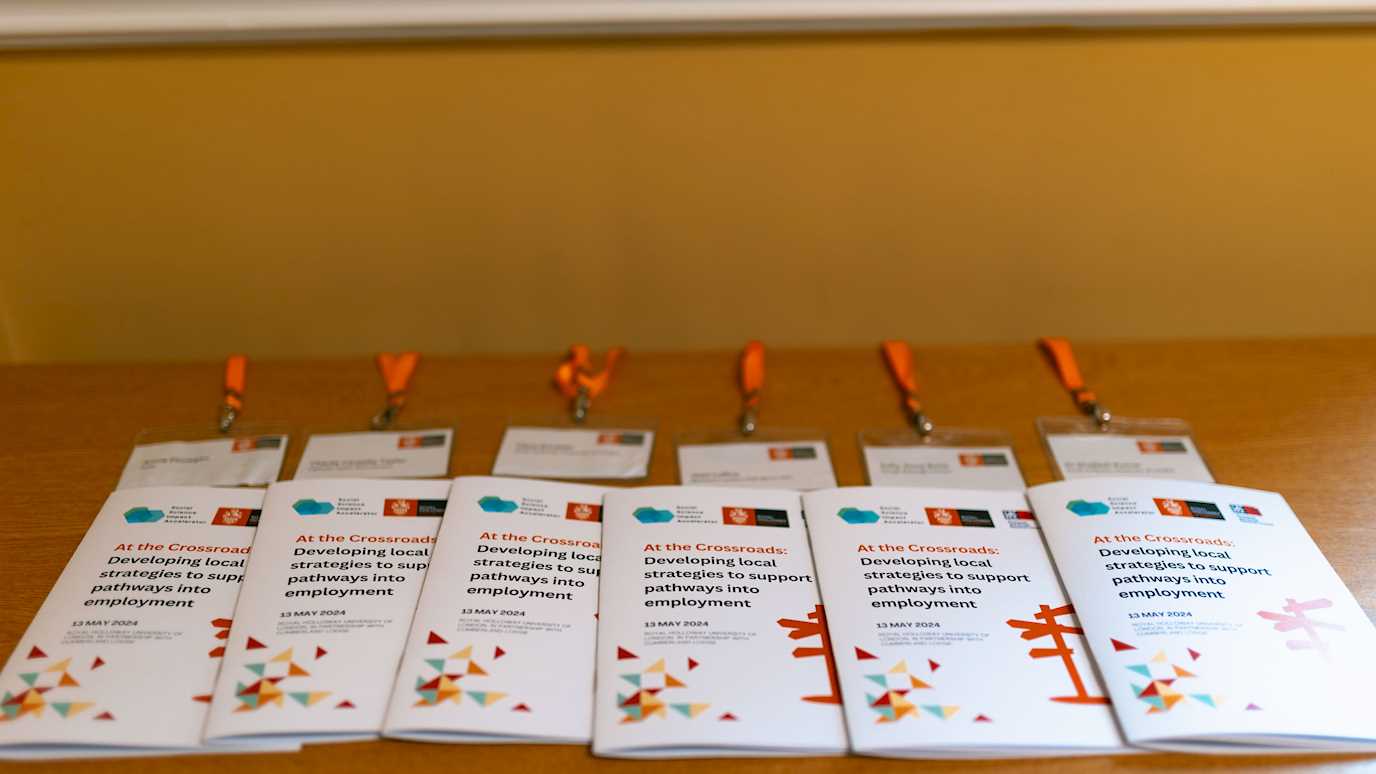Dr Marton Ribary and Dr Antony Starza-Allen (Surrey Law) presented a paper in the “Legal Education” stream of the 113th annual conference of the Society of Legal Scholars held at King’s College London between 6-9 September 2022.

In a paper presented at the 2022 SLS Conference, Dr Marton Ribary (Department of Law and Criminology, Royal Holloway) and Dr Antony Starza-Allen (Surrey Law) propose an approach for teaching contract law with problem solving which combines mind mapping and semi-formal modelling of arguments in five practical steps.
In an article arguing to supplement the traditional IRAC approach of problem solving with subsidiary skills, Nelson Miller and Bradley Charles (2009) write that “[t]he traditional view holds that students are expected to acquire analytical skills by immersion, which can mean sink-or-swim. Students do learn that way, although not as quickly or efficiently as they could if what they were learning –rules of law– and how it was derived –legal analysis– was made clearer to them.” Reflecting on their observation, we have observed that first-year students in contract law often find the retention and application of legal doctrine a sink rather than a swim experience. To help them swim, we encourage students to understand the common law as a semi-formal logical system of information that can be categorised, organised and redeployed in analysis and argument. We provide a guided methodology, developed from our teaching practice and inspired by theories of computational modelling, through which students can identify and extract legal information from primary and secondary sources, organise and categorise legal information and concepts into structured frameworks. Students then apply these models to assist with legal issue identification, application, analysis, argument and advice.
We started experimenting with mapping techniques in the 2018-2019 academic year. Our solution originally stemmed from a recognition of the need to provide students studying contract law with sufficient scaffolding for each topic to assist with the acquisition, organisation, and retention of core doctrinal rules (knowledge), while providing opportunity and guidance in respect to analysis, argumentation, and critical thinking (application) - with a focus on problem-solving activities. The approach was designed to meet the needs of a diverse range of abilities to assist students with meeting the foundation learning outcomes, while creating opportunities to excel and perform at a high level. To obtain the highest marks, students are expected to step up and break new ground. Instead of simply retaining and reproducing knowledge in predefined forms, students need to develop skills to analyse and process information critically, and organise new knowledge in a way that allows effective application to new contexts. Assessment based on problem-solving demands strong analytic skills and the skilful construction of detailed legal arguments to transition successfully from level HE4 to HE5.
Continuous reflection on our teaching practice made us realise that we do not simply teach a law subject. We aim to enrich an undergraduate law degree with what Robert Kowalski, the grandfather of logic programming, calls “practical thinking”, effectively teaching them “how to think”. We made a connection between our educational practice and computational law which opened up a great resource for pedagogical innovation. This makes good sense considering that “practical thinking” applies the laws of logic and the principles of structured problem solving which are key components of computer coding. We simply tap into the discipline of computational law whose language and techniques may sound familiar and appealing to first-year students. Our approach borrows techniques from semi-formal logical analysis, builds a “semantic web” of concepts from which one could draw inferences, and uses graph representation which visualises the structure of arguments. Computational thinking allowed students to discern the logical progression between the initial categorisation of legal information, to articulate and demystify the process of producing legal advice, and to visualise constitutive elements of a persuasive legal argument.
The paper presented at the SLS explains how our approach grew in a Covid-induced pedagogical environment from a largely problem-based learning model to one which embeds essential skills and uses computer-inspired visualisation for structured thinking. The paper describes our approach in five distinct stages: (1) extracting doctrinal content directly from case law, (2) organising such content into a coherent legal framework, (3) applying the framework to problem scenarios by process maps (decision trees) and structured notes (markup annotation) to create a preliminary outline, (4) constructing the dialectical analysis of legal issues through semi-formal logical and visualisation techniques, and (5) writing up the generated notes in a legal advice which is detailed, authoritative, persuasive and elegant. The paper reflects and evaluates the approach against the backdrop of sector-wide challenges exacerbated by the Covid-pandemic. We acknowledge that our approach is still a work-in-progress, but one with promising early results which are worth building on. Our approach is a testimony to our belief that modelling is not only for knowledge engineers and doctrinal thinkers, but also for students who could benefit from using it creatively.
























